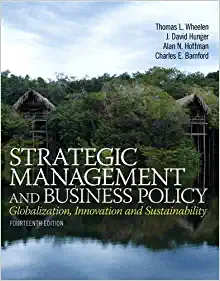Question
This question is based on the article, Fiscal Multiplier at the Zero Bound: Evidence from Japan, by Ethan Goode, Zheng Liu, and Thuy Lan Nguyen,
This question is based on the article, "Fiscal Multiplier at the Zero Bound: Evidence from Japan," by Ethan Goode, Zheng Liu, and Thuy Lan Nguyen, published on May 24, 2021, by the Federal Reserve Bank of San Francisco as part of its Economic Letters series. https://www.frbsf.org/economic-research/publications/economic-letter/2021/may/fiscal-multiplier-at-zero-bound-evidence-from-japan/
The article tries to assess the potential economic impact of the fiscal response to the COVID-19 pandemic in a situation when the interest rate has reached the zero lower bound (ZLB). For this purpose, it examines the size of fiscal multiplier (increase in GDP as a result of $1 increase is fiscal expenditure) under different circumstances based on the experience of Japan since 1980.
As the article points out, economic theory predicts that compared with normal situations where the interest rate is above zero, the fiscal multiplier is larger when monetary policy is constrained by the ZLB. According to the article, what factors may explain this phenomenon? What role does the crowding-out effect play in lowering the fiscal multiplier in normal situations?
Step by Step Solution
There are 3 Steps involved in it
Step: 1

Get Instant Access to Expert-Tailored Solutions
See step-by-step solutions with expert insights and AI powered tools for academic success
Step: 2

Step: 3

Ace Your Homework with AI
Get the answers you need in no time with our AI-driven, step-by-step assistance
Get Started


